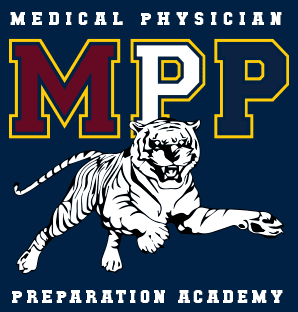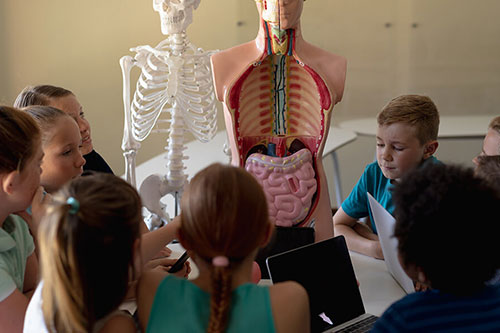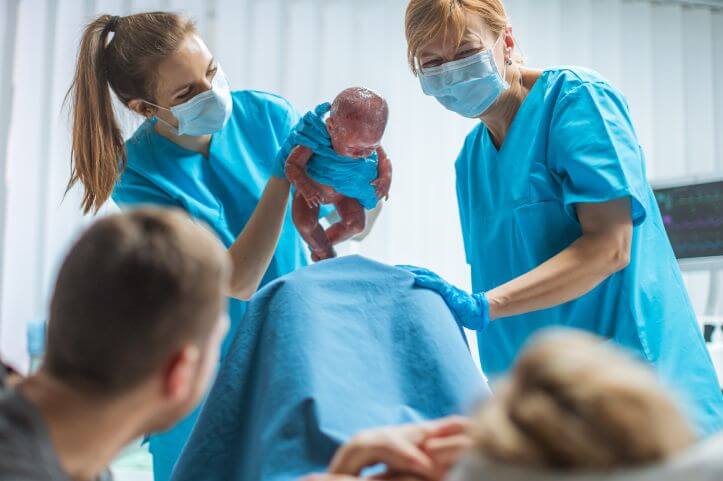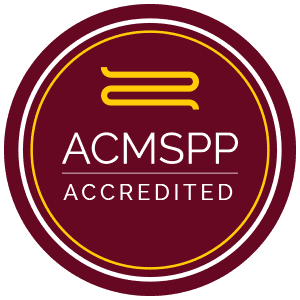Maternity – Pregnancy 12: Complications: Preeclampsia, HELLP Syndrome, Amniotic Fluid Abnormalities
Complications of pregnancy, including hypertensive disorders (gestational hypertension, preeclampsia, eclampsia, and HELLP syndrome), group B streptococcus (GBS), and amniotic fluid abnormalities (polyhydramnios, oligohydramnios, and chorioamnionitis).
Maternity – Pregnancy 11: Complications: Cervical Insufficiency, Placenta Previa, Abruptio Placenta – LevelUpRN
Complications of pregnancy including cervical insufficiency, placenta previa, and abruptio placenta.
Maternity – Pregnancy 10: Complications: Gestational Diabetes Mellitus
Gestational diabetes, an important complication of pregnancy.
Maternity – Pregnancy 9: Complications: Hyperemesis Gravidarum, Candidiasis, Anemia, UTI
Complications of pregnancy including hyperemesis gravidarum (HG), candidiasis, iron-deficiency anemia, and urinary tract infection (UTI).
Maternity – Pregnancy 8: Complications: TORCH Infections, Chlamydia, Gonorrhea, HIV/AIDS
Complications of pregnancy, including TORCH infections and sexually transmitted infections such as chlamydia, gonorrhea, syphilis, trichomoniasis, and HIV/AIDS.
Maternity – Pregnancy 7: Complications: Miscarriage, Hydatidiform Mole, Ectopic Pregnancy
Complications of pregnancy, including miscarriage, hydatidiform mole, and ectopic pregnancies.
Maternity – Pregnancy 6: Diagnostics: Nonstress Test, Biophysical Profile, Contraction Stress Test
Diagnostic procedures in pregnancy, including nonstress tests (NST), biophysical profile (BPP), and contraction stress tests (CST).
Maternity – Pregnancy 5: Diagnostics: Ultrasound, Chorionic Villus Sampling, Amniocentesis
Types of diagnostic testing in pregnancy, including ultrasound, chorionic villus sampling (CVS), and amniocentesis.
Maternity – Pregnancy 4: Maternal Teaching: Nutrition/Weight Gain, Warning Signs, Unpleasant Side Effects
Maternal teaching for pregnancy, including nutrition and weight gain guidance, things to avoid in pregnancy, warning signs of complications, and unpleasant side effects of pregnancy.
Maternity – Pregnancy 3: GTPAL, Naegele’s Rule, and Prenatal Labs/Diagnostics
GTPAL, Nagele’s rule, and prenatal labs and diagnostics.
Maternity – Pregnancy 2: Prenatal Care: 1st, 2nd, and 3rd Trimester Visits
What happens at OBGYN visits during the first, second, and third trimesters of pregnancy.
Maternity – Pregnancy 1: Signs and Physiologic Changes of Pregnancy
Signs of pregnancy and physiologic changes during pregnancy.












